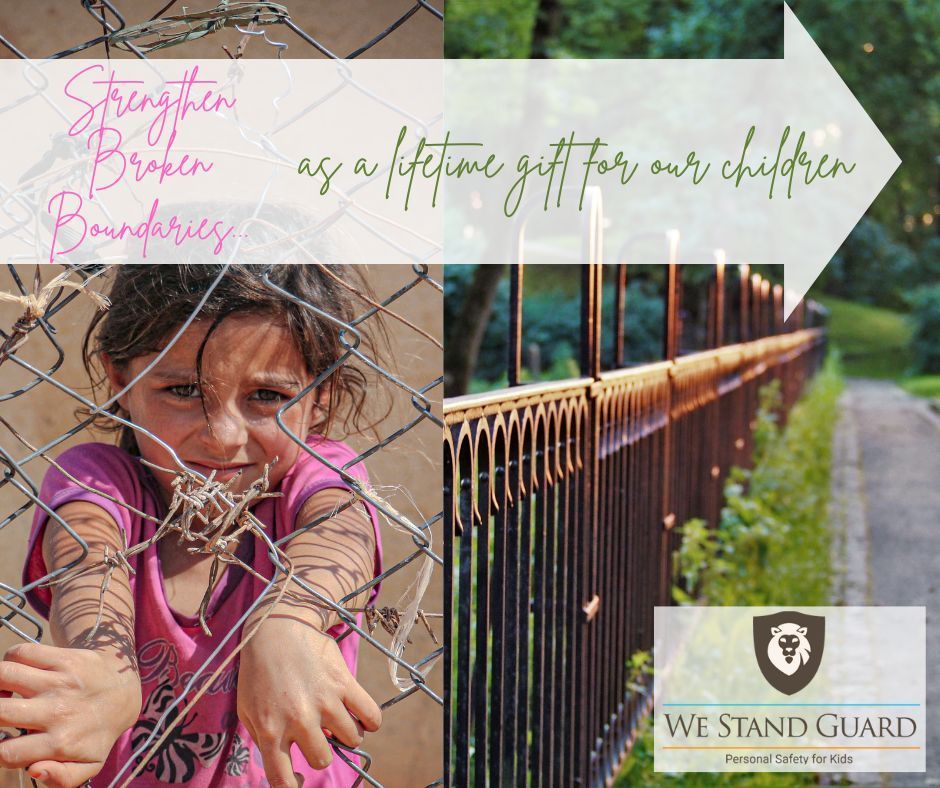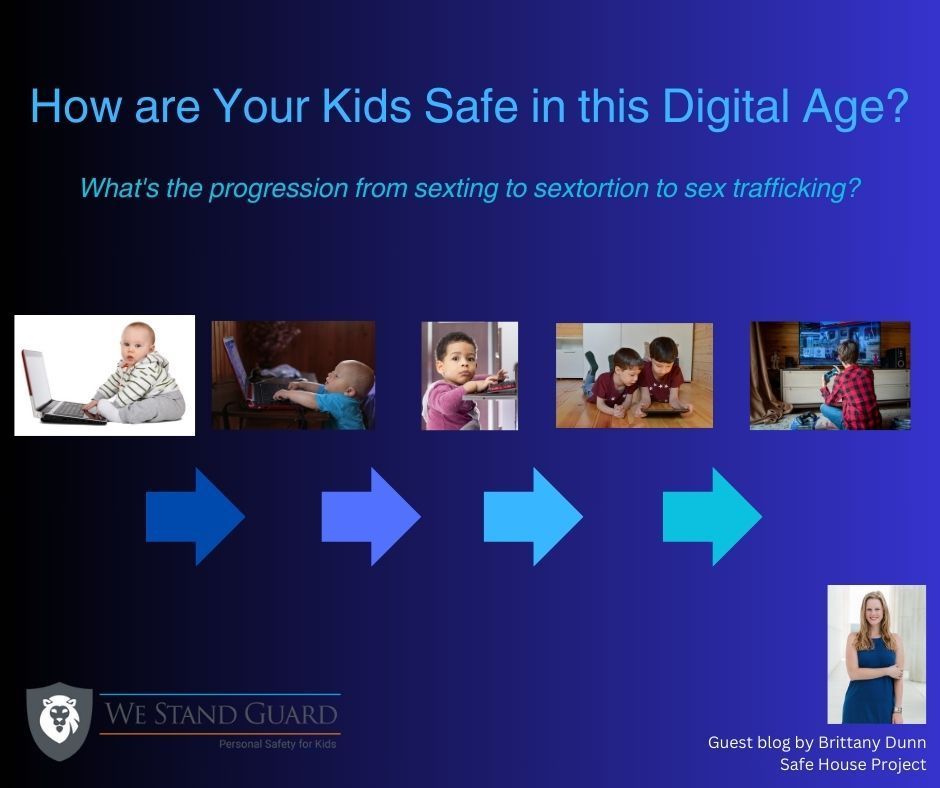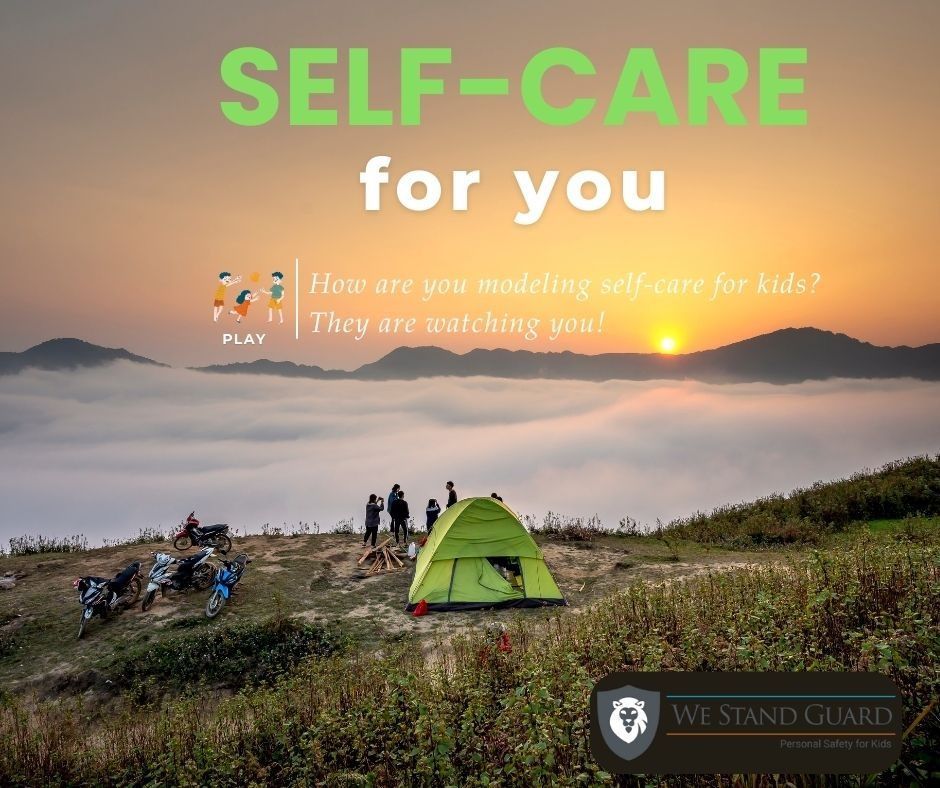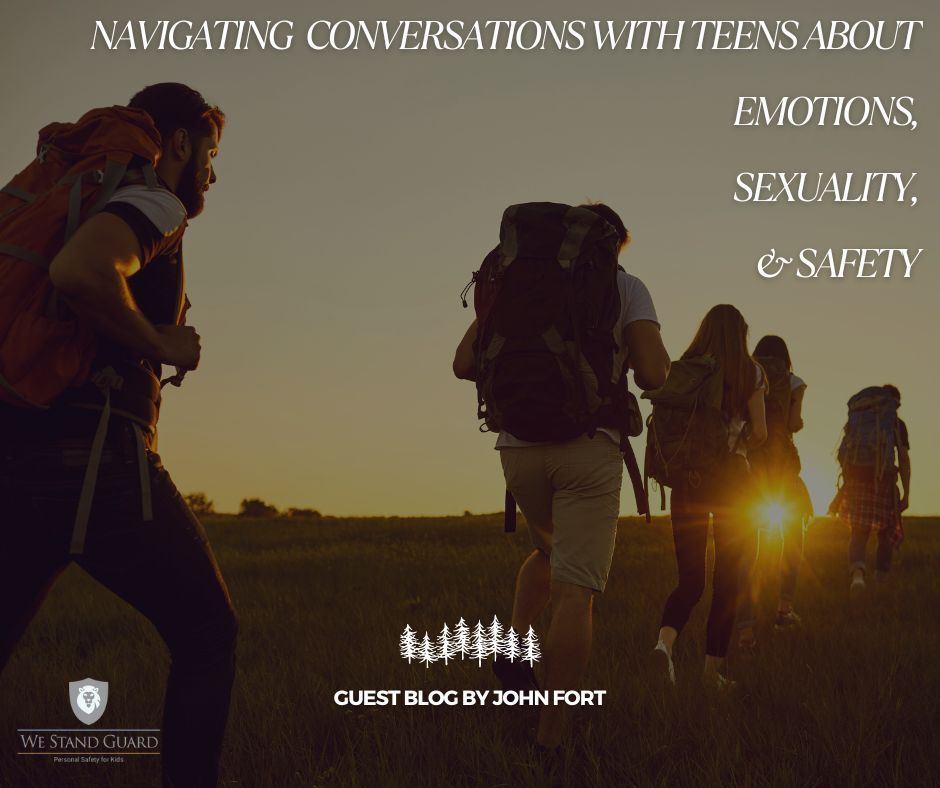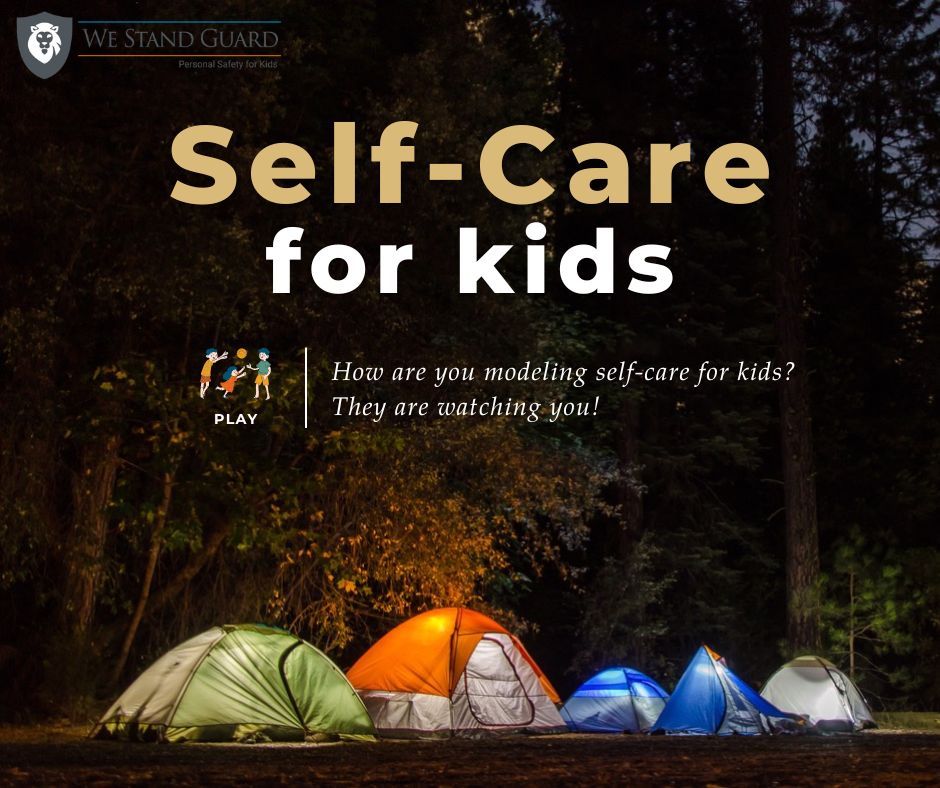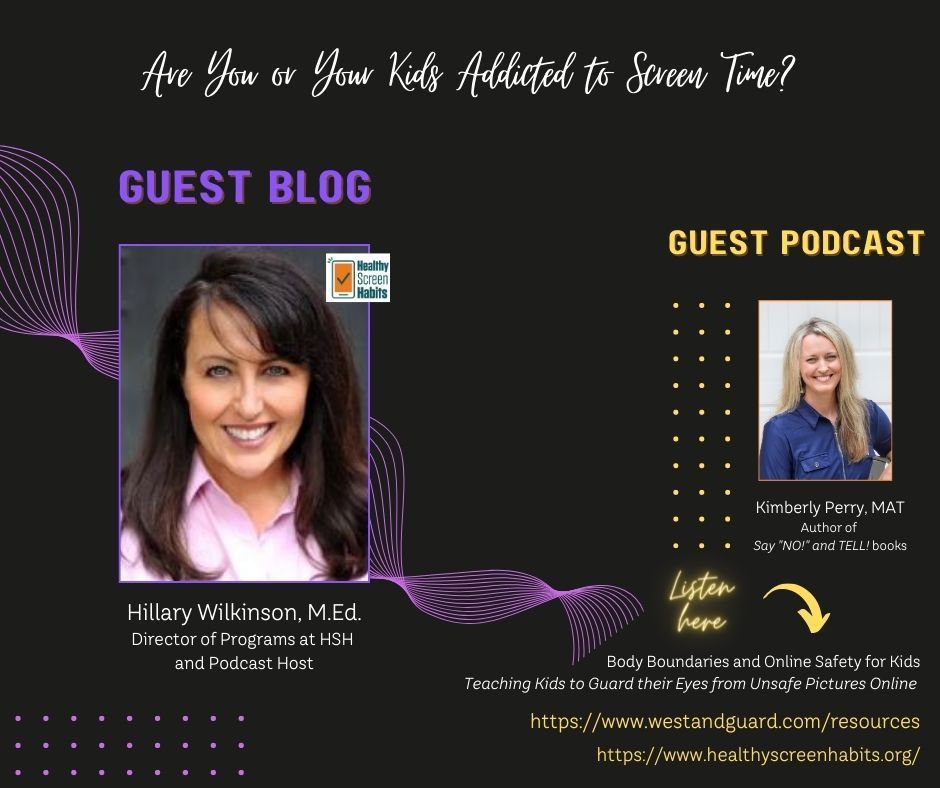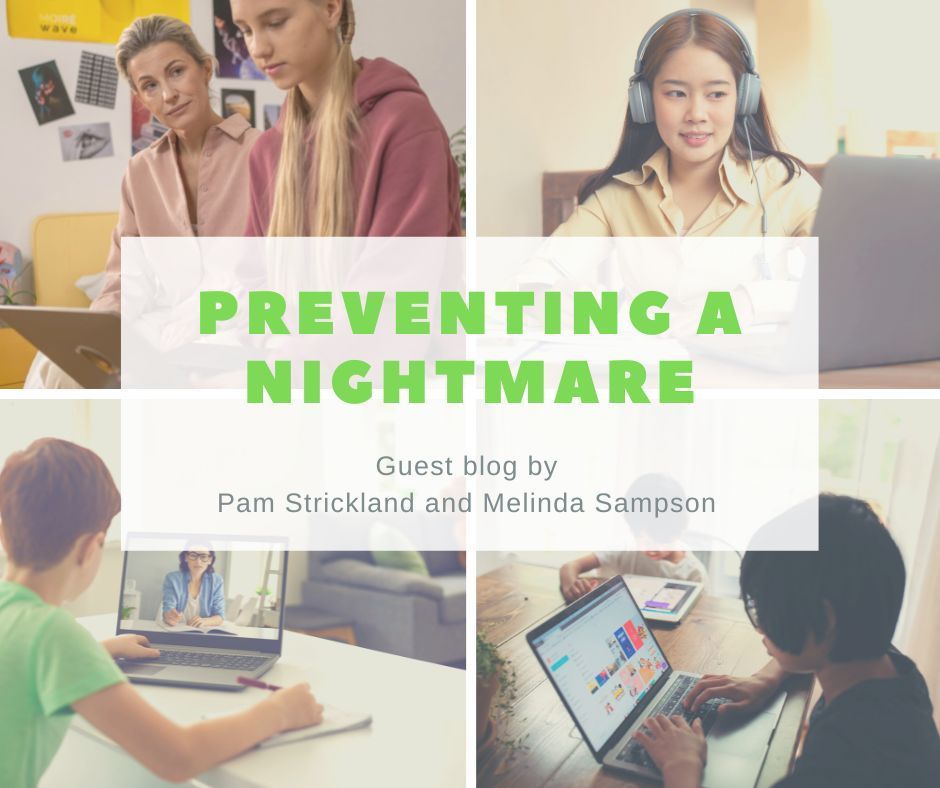How Can Awareness and Connection Protect Children from the Harmful Effects of Cyberbullying...and Trafficking?
Most all kids are at risk due to Internet accessability...
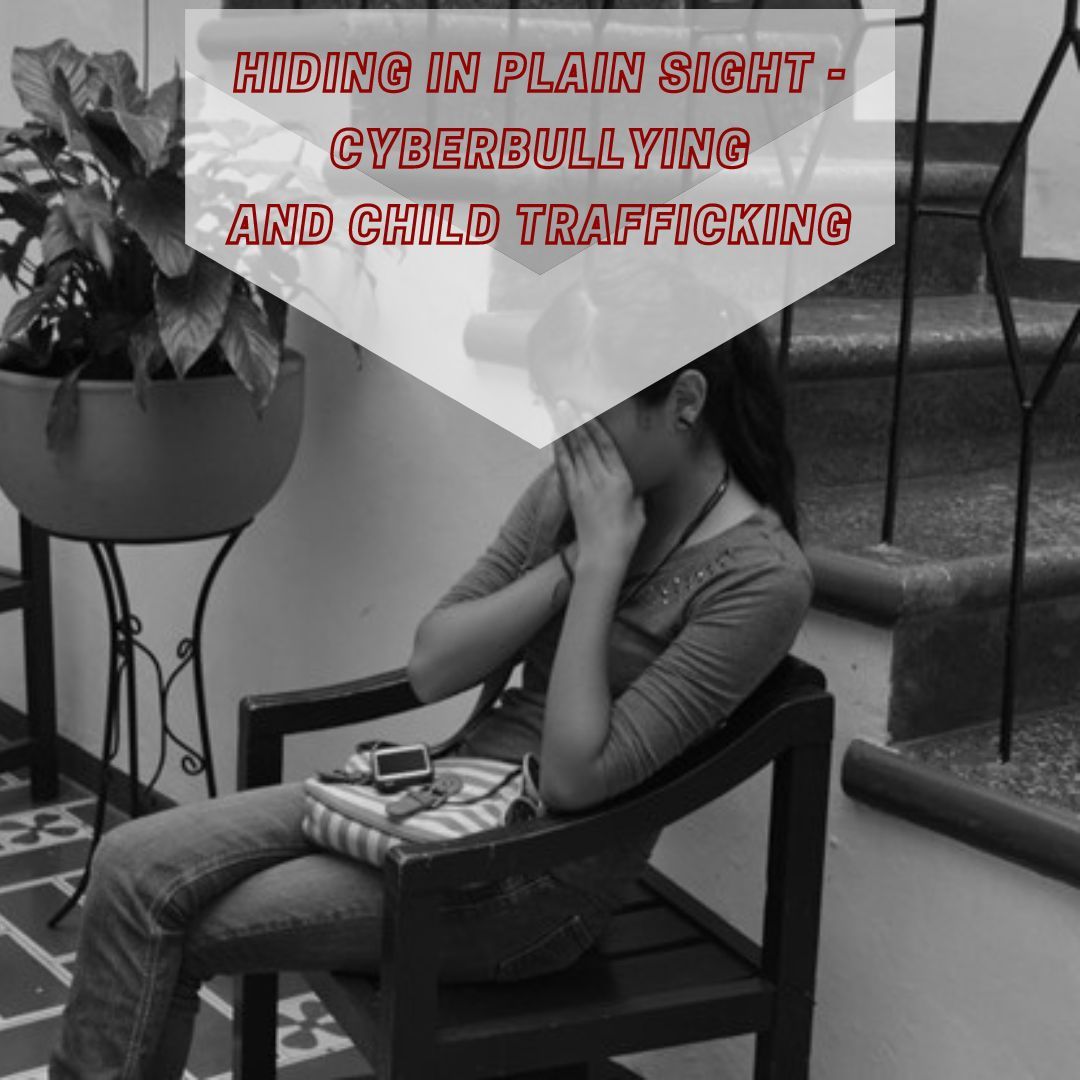
Guest blog by Jenna Sherman
(see 3 additional short video resources from Kimberly at end of article)
Many people have experienced bullying at some
point in their lives, and many parents will have to deal with their children
being bullied too. With the internet connecting people all over the world and
allowing the mask of anonymity to harbor bold actions, cyberbullying adds more
to the problem.
Children are resilient yet sensitive creatures. Hurtful words and actions can be damaging to a young, developing brain. With additional hormonal changes and emotional immaturity, it’s no wonder children are so deeply affected by the trauma of bullying.
Here, We Stand Guard shares how you can support your child if you suspect they’re being cyberbullied.
Know Your Children’s Activity
You can’t always be there for every moment of a child’s life, especially when they’re at school or with friends. Internet access brings them into a whole new world of strangers and peers online who feel emboldened to cyberbully from behind the screen. Your child could be a victim without you even realizing it, but you can keep yourself in the know by checking their phones and learning how to spot the hidden communications and messages.
Teenagers have become experts at hiding their online activity, but it’s important you learn how they’re conducting themselves and with whom they’re interacting online. What are people saying to them, and how are they interacting with others? Are they being bullied…or perhaps, are they the bullies? This online abuse can lead to risks of trafficking as the bullying interactions grow increasingly painful and inappropriate making a young person vulnerable to seek comfort from a stranger - acting as a friend - online.
Have a Conversation
Monitoring isn’t the only way to learn about your child’s behaviors and online interactions. Having a conversation and allowing them to open up to you goes a long way. Talking about bullying helps prevent young people from seeking extreme measures.
Communicating with your child can help them open up. Because bullying is shameful for victims, it’s not uncommon for them to keep it to themselves. If a question can be easily answered in a “yes” or “no” fashion, that’s the easiest way for a kid to end the conversation. A question like, “How are things at school?” is too easy to answer with “fine,” and the problem remains hidden. Asking, “DId anything bad happen today?” lays the groundwork for a more pointed conversation.
You can also ask in a way that lets them talk about bullying before coming around to their own experiences. For example, asking about the atmosphere of the school and whether or not they’ve seen any bullying, and if anyone did anything about it.
Whether your child is on social media or using other apps , meaningful dialogue, emotional support, and guidance from a trusted adult can remove stigmas and open up a line of communication. It’ll show them you’re open to talking and that they’re not alone. Parents may seem like aliens to teenagers, so connecting with them can help bridge the gap that often prevents teens from speaking out when something is wrong.
Record the Proof
If the bullying reaches a point where legal action is necessary, make sure you document and record every incident. Once you learn your child is a victim of bullying, report the incidents to school authorities, administrators, counselors, and other parents whose children are involved. If you’re dealing with cyberbullying , online harassment, and abuse, then report the conduct to the site moderators for terms of service violations.
Obviously, it’s better to talk before it gets worse. What’s most important is to protect your child. In some situations, parents have taken more drastic steps, like removing them from those harmful situations. This could mean changing classes or schools, deleting their social media accounts, alerting teachers to keep an eye out, or teaching them to walk away and be brave. Help them restore their confidence by encouraging positive relationships, and discouraging poor self-talk and criticism , as well as discussing how to avoid this in the future, or what they can do differently if this problem were to crop up again.
Suicide Prevention
In the most extreme cases of bullying, victims are driven to the point of taking their own lives. The bullying—possibly combined with other triggers and mental health disorders—creates a situation in which the young victim feels despondent and hopeless. From their perspective, the only way to escape the pain is to end everything. When this happens, many parents are blindsided. They were unaware their child was suffering so much they felt suicide was the only option.
Be proactive with suicide prevention for your child, and look for its warning signs : depression, talking about death or harming oneself, expression of pain, feelings of hopelessness, alcohol and drug abuse, withdrawing, unusual sleep patterns, rage, and mood swings. When your child cries for help, listen. If they attempt suicide once, seek immediate help and take extra steps to watch over them.
If your teen is suffering from depression or a personality disorder that triggers abnormal thoughts, take steps to improve their mental health. A combination of medication, lifestyle modifications, and therapy can improve their condition.
Cyberbullying is relatively new in the timeline of bullying, but we can fight the problem before it hurts more of our children. The solutions we find will require creativity, forethought, compassion, and work.
As we learn to navigate the landscape of cyberspace, we can collectively keep children safe from its hidden dangers. The key to preventing future cyberbullying is paying attention, identifying the signs, and taking action.
A Note from Kimberly
Cyberbulleying and Trafficking
On line risks for kids are growing, with child trafficking vulnerabilities on the rise as well. Here are some resources to learn more (I will be posting an article about child trafficking, NCMEC, CSAM, and the EARN IT act soon).
1. Read Parent Alert! Police say "Lizzy" Groomed and Exploited 80 Children - a recent article by Donna Rice at Enough is Enough - https://enough.org/news/OFI5P097SQ6
2. Watch Bark's powerful video where a 37-year old mom goes undercover as an 11-year old girl - https://www.youtube.com/watch?v=dbg4hNHsc_8
A 37-year old mom goes undercover as an 11-year old girl to expose the dangers facing kids on social media platforms like Instagram, Snapchat, TikTok, and Kik. Left unsupervised, young children can be exposed to online predators, grooming, and psychological abuse within minutes. For more information please visit:
https://info.bark.us/stonefish
In 2018 alone, Bark alerted the FBI to 99 child predators. In 2019? That number is more than 300 — and counting. Each of these cases represents a real child experiencing real harm, and our challenge is to help parents and schools understand this new reality. But how do we tell stories without asking families to divulge too much? We started this project to explain online grooming to a generation who didn’t grow up with this danger.
3. Check out and share this video called The Least of These: Save the Children (Rescue) (WARNING -SENSITIVE) - every small act of even sharing a post can help protect and/or save a child.
https://www.youtube.com/watch?v=Hv60gF164WY&feature=youtu.be
